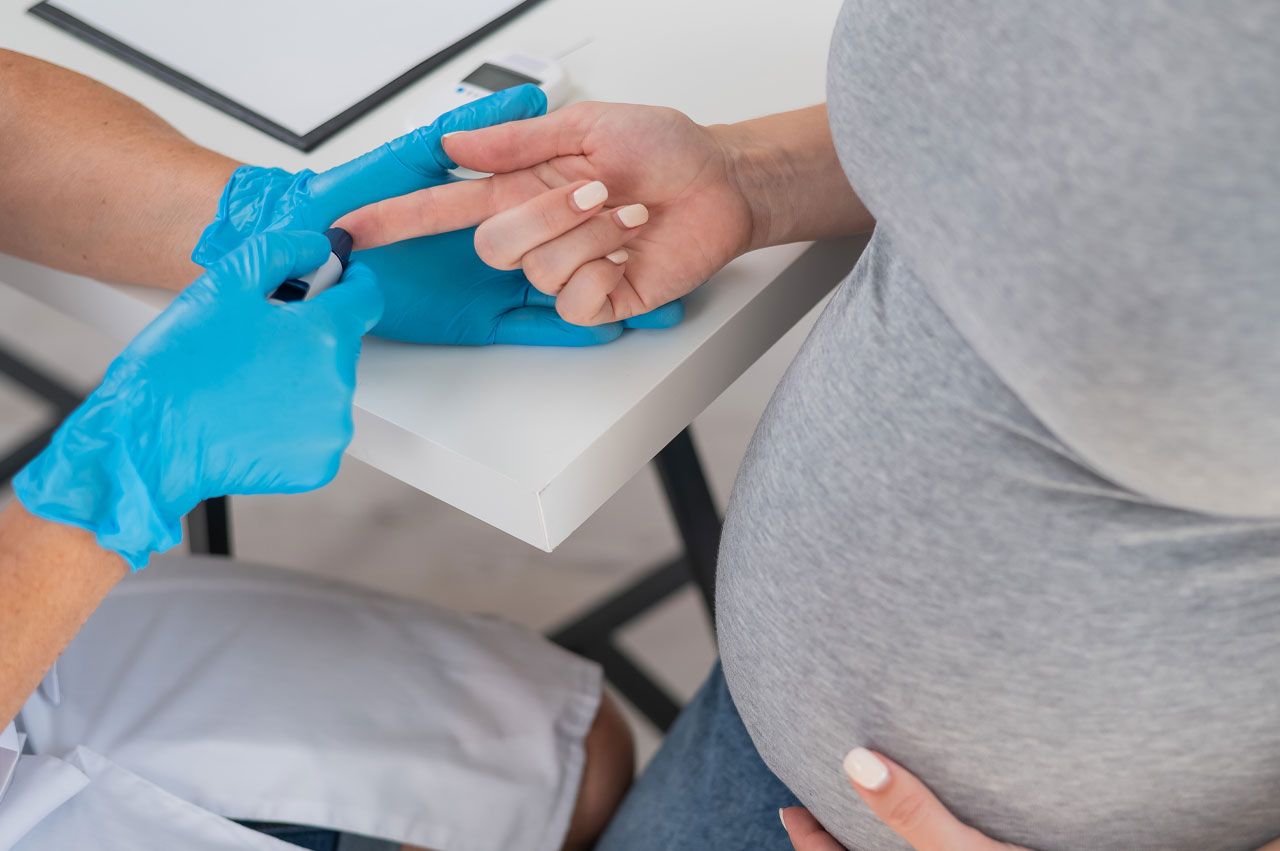
The Lancet launches a new series on NCDs in reproductive care
This new series has both a broad and a specific goal. On the one hand, the introduction begins with a stark reminder that: Non-communicable diseases are the number one cause of mortality in women worldwide.
It concludes with a very comprehensive criticism: One means to do so in practice is to ensure that the regular interactions that women have with health-care systems about reproductive issues are used to assess and enhance women's wellbeing for the long term. For a start, prevention and control of non-communicable diseases need to be integrated into maternal and women's health programmes. As is, siloed maternal care systems are letting women down badly.
On the other hand, it addresses one particular NCD, i.e., the causes, control and long-term consequences of gestational diabetes. As it points out:
Gestational diabetes refers to hyperglycaemia first diagnosed during pregnancy that does not fulfil the criteria of overt type 2 diabetes (ie, glycated haemoglobin >6·5%, fasting glucose concentration >7 mmol/L, or 2-h glucose >11·1 mmol/L on a 75 g oral glucose tolerance test). It is the most common medical disorder in pregnancy, with an estimated global prevalence of 14%. Age, family history of diabetes, and high BMI are major risk factors, so it comes as no surprise that rates are rising alongside a broader crisis of non-communicable diseases, such as obesity and cardiometabolic disorders, among women of childbearing age.
These topics – and this article: Non-communicable diseases in reproductive care - The Lancet - are relevant to IJBPE readers. Two issues raised that merit special attention are: a) getting the balance right between protecting the mother’s and the baby’s well-being; and, b) the preconception and interconception aspects of gestational diabetes and other key NCDs. These are not concerns that begin or end with the pregnancy itself. Thus, one fundamental point is that reproductive care should encompass a broader time-span and more actions than traditional maternity care.
- Created on .
